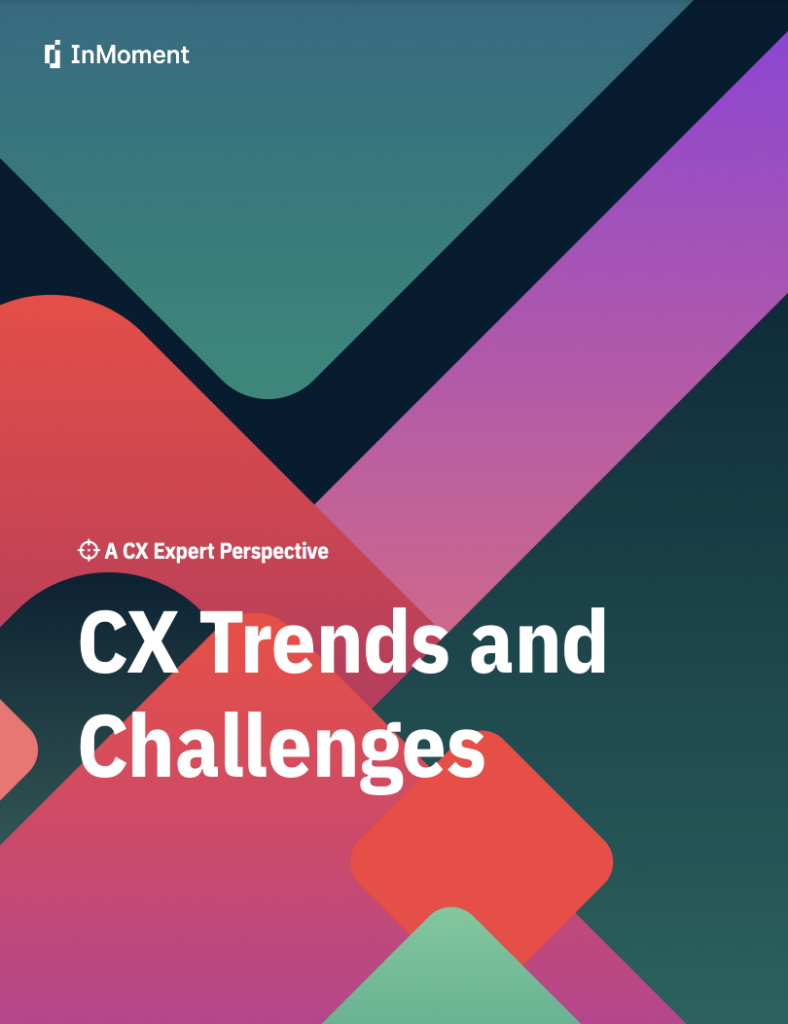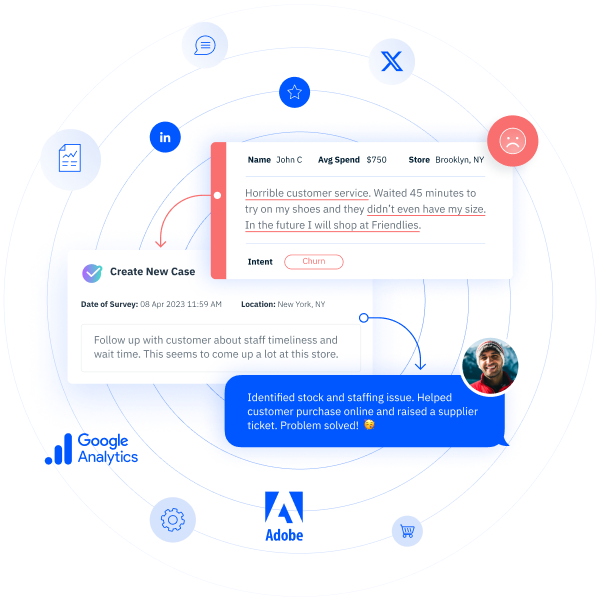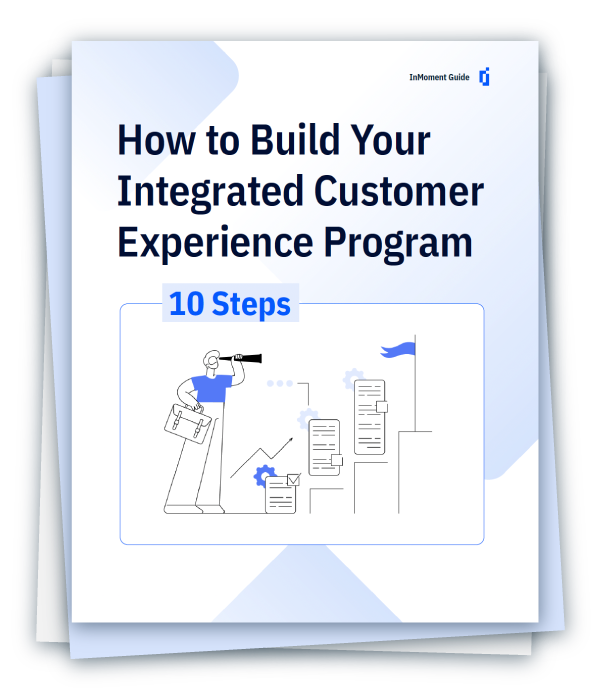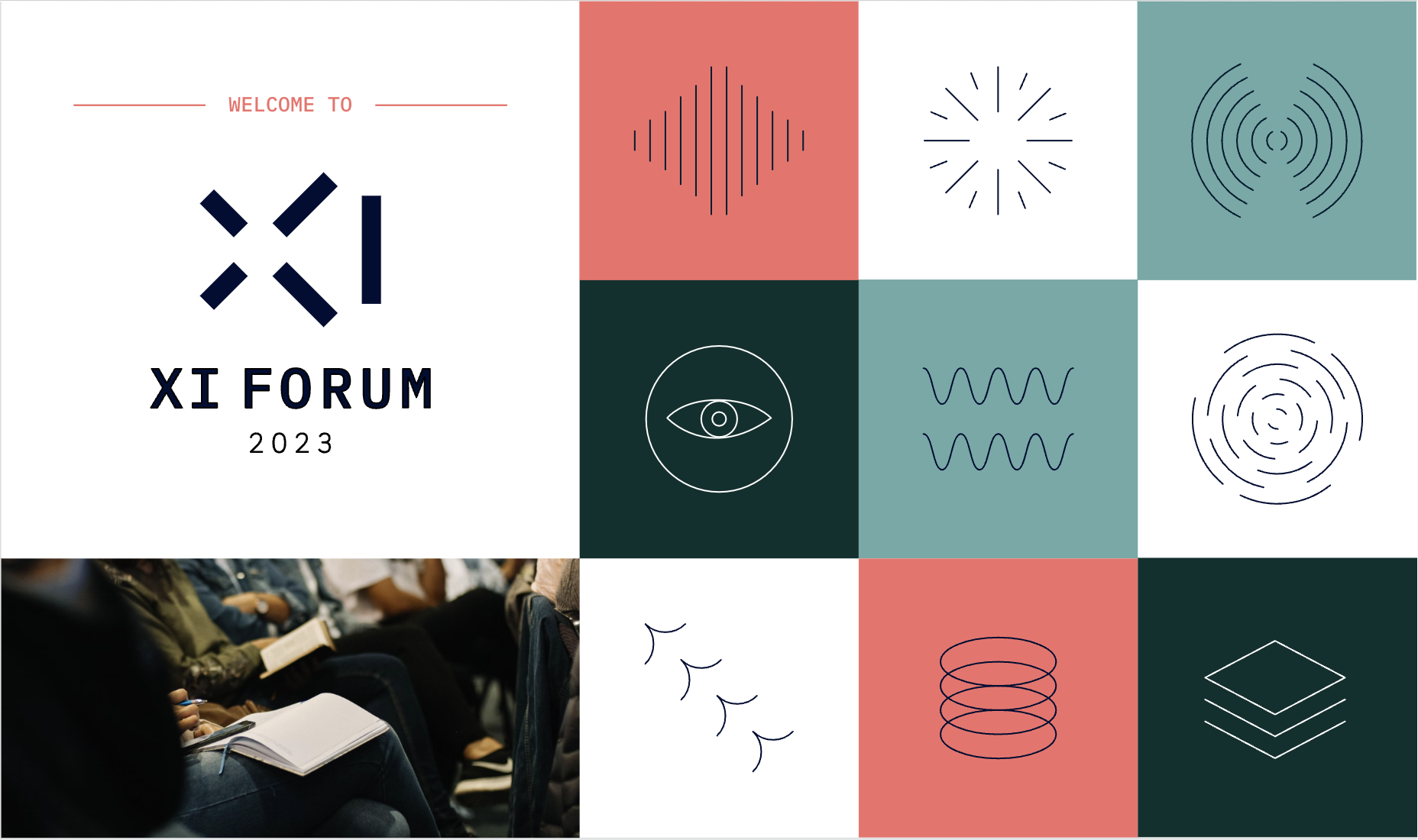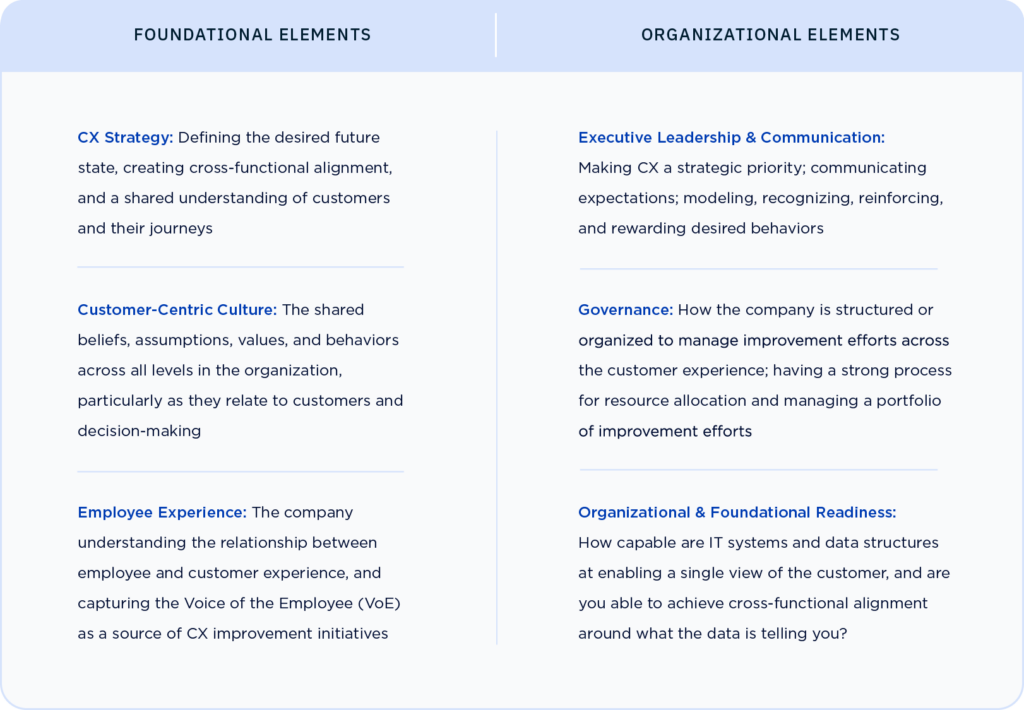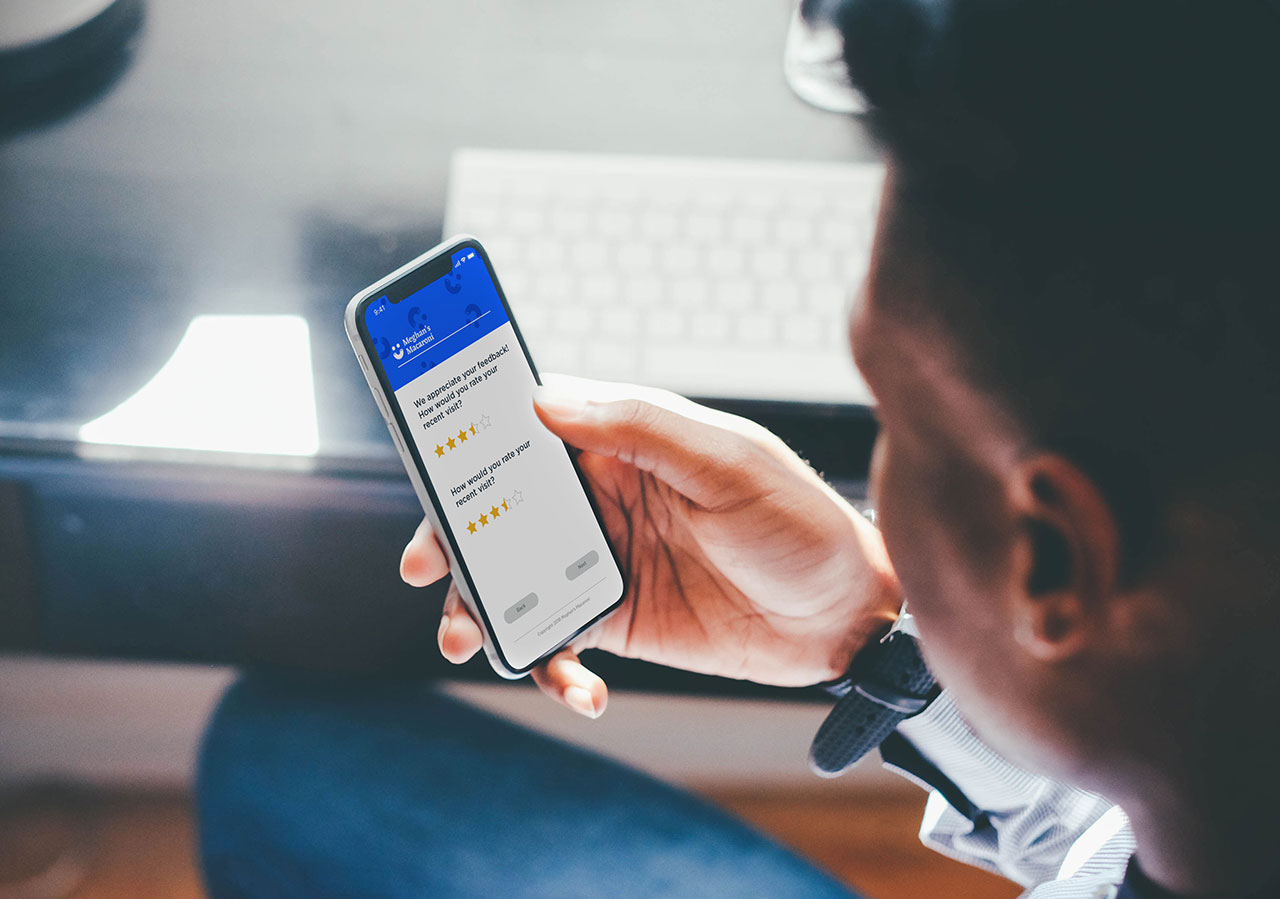
Customer experience (CX) surveys are foundational to soliciting the customer feedback you need to power your CX program, and many of these surveys are sent via email. However, the first step to receiving that survey feedback can be one of the most difficult: getting your customer to open your email.
When it comes to open rates, your email’s subject line is more important than you might think it is. Two helpful email stats drive this point home:
- 69% of recipients will look only at the subject line before flagging an email as spam.
- 47% of recipients decide to open an email based only on the subject line.
If you’re trying to figure out all the possible reasons why your survey emails aren’t getting decent open rates, it makes sense to start with your subject lines.
5 Tips to Help You Write Engaging Email Survey Subject Lines
Tip #1: Establish the Right Tone
Effective customer interaction is super dependent on speaking your audience’s language. This doesn’t just refer to the words and terms you use in your emails, even though that is obviously also extremely important.
No, we’re referring to your “voice” here – where you pitch the subject line on the “familiarity” spectrum. On the one side of this spectrum is “ultra conversational,” and on the other side, “ultra professional.”
On the conversational side, you’ll use language that makes your recipients feel like they’re being asked a question by a friend or a trusted colleague. These subject lines should make the recipient feel comfortable because they have an approachable tone.
Here are some examples:
- “A quick question for you”
- “Leslie, got a sec? ”
On the professional side of the spectrum, you’re using language that builds trust in your brand’s ability to take your service seriously. You don’t have to come off pompous or like you’ve swallowed a thesaurus. Stick to the point, and treat the recipient like someone who appreciates professionalism in the workplace.
- “We’d genuinely appreciate feedback on our performance.”
- “Leslie, how can we make you more productive?”
There are quite a few things to consider when choosing the tone of your survey email subject lines. Your brand image is arguably the most important, but things like recipient demographics and the industry you’re playing in should also play a role.
Building buyer personas is a standard practice in digital marketing. Many successful businesses go through this process to understand exactly who they’re selling to. This data is invaluable when deciding on the tone of your survey email subject lines.
Tip #2: Go Beyond Basic Personalization
According to Campaign Monitor, recipients are 26% more likely to open an email if the subject line has been personalized.
What you use to customize the subject line will obviously depend on the data you have on the customer. Using their name is an obvious starting point. However, you can also reference their most recent purchase if your CRM has logged it. Or a virtual event they attended. A modern CX platform can grab this info and personalize the subject line.
If you’re online mattress retailer Zoma and you’re sending out a customer satisfaction (CSAT) survey email to find out how a support query was handled, if the shipping went well, or if the customer is satisfied with the quality of a recent purchase, you could take one of the following approaches:
- “How did we do on your support query [#66456]?”
- “James, how was the webinar with DocuSign?”
- “How’s that Zoma mattress working out?”
Showing evidence that the email comes from a reputable origin (i.e., the actual company they interacted with) is critical if you want to maximize that open rate.
By using their name and referencing their purchase, you’re landing a one-two punch of credibility and massively increasing the chances of a response.
Tip #3: Talk About Benefits
Let’s be frank here. When you send out a Net Promoter Score (NPS) survey email, you’re basically asking an established customer to take time out of their day to reveal their feelings about your brand despite there being no immediate reward in it for them.
But that shouldn’t stop you from letting your recipients know that their feedback will result in long-term benefits for you and them.
Good feedback — both positive and negative — means improved service for everyone. A large number of honest responses will help you get better at designing new product features. Let your recipients know! Make them feel like their voice is important and that it benefits them to be heard.
Here’s an example. If you’re an energy services company like Ecopreneurist, and you’re sending out an NPS survey, you may want to try subject lines like these:
- “Help us get even better at saving you energy.”
- “Leslie, your feedback helps us save you money.”
Even though the email content will ask them a typical NPS question like “How likely are you to recommend Ecopreneurist to a friend?” the subject line can illustrate the eventual reward customers will experience by responding.
There’s a genuine correlation between improved service and receiving this type of information from customers. There’s no reason you can’t creatively leverage this relationship to create highly engaging subject lines.
Tip #4: Ask Your Recipients a Question
A good subject line engages the recipient. You’ll want the subject line to make them think and feel something. Trigger their thoughts and their emotions.
A great way to do this is by asking a question.
The right question can trigger introspection. It can make the recipient think about something they want to share with you.
A SaaS company like ShowMojo might employ a customer effort score (CES) survey to help them spot inefficiencies and/or improve in two areas:
- Onboarding. Good onboarding helps ensure “trial subscribers” see the product’s value and eventually become paying customers, and it’s a critical step in maximizing a subscriber’s lifetime value (LTV).
- Product features. A CES survey can gauge how easily customers are adopting a new product feature and help you optimize for improved adoption.
In both cases, positioning the survey in question form is a great way to maximize open rates. For example:
- “How hard was the migration to ShowMojo?”
- “How easy was it to create a new rental dashboard?”
You can see in the above examples that the subject lines don’t even mention the survey. The two questions are directed at the customer and their experience.
Tip #5: Keep It Simple and Short
You should keep your survey email subject lines to under 50 characters to be sure everyone sees it. The number of people opening emails using their mobile phones is increasing every year. And the limited amount of real estate on a mobile device means that subject lines are often truncated.
Yes, it’s hard to make a compelling case for someone to open an unsolicited email using so few words, so take your time writing. Constantly try whittling the number of characters and words down to an absolute minimum without compromising your core message.
Let’s take a look at some concise and effective customer survey subject line examples:
- “Are we doing a good job, Leslie?”
- “Where can we improve?”
- “We’re always looking for honest feedback.”
- “Give it to us straight; we can take it.”
A Quick Word on Open Rate Benchmarks
What kind of open rates should you expect from your survey emails? Having a sense of benchmarks is critical if you intend to measure how effective your new subject lines are.
According to our customers’ results, an open rate over 20% is solid, with only a small number of emails achieving a 30% open rate. If you see this level of engagement, you’re probably doing multiple things right. If it’s below this figure, realize there’s room for improvement and review your subject line copy against our recommendations.
Some Final Thoughts
Regardless of what industry you’re operating in, certain best practices will always be relevant when crafting email subject lines.
Here’s a summary of the most important things to bear in mind (along with a fifth bonus tip):
- Personalize as much as possible.
- Tell recipients about the benefits of completing the survey.
- Ask a question.
- Keep it short and to the point.
- Try to keep your subject lines under 50 characters.
- Avoid spammy words like “opportunity,” “offer,” “cash,” “discount,” or “click here.”
There’s little point in rethinking your subject line strategy if you’re not backing up your efforts with data on the success or failure of a new approach.
You’ll want to A/B test your survey emails. A simple way to do this is:
- Split your email recipients into two groups (Group A and Group B).
- Target Group A with subject line A. “Welcome! How was the sign-up process?
- Target Group B with subject line B. “Answer one question and help us improve.”
- Measure each email’s open rate. If Group A gets a higher open, a post-onboarding greeting works well for your new customers.
By A/B testing your email subject lines over time, you gain valuable knowledge about the subject lines that resonate with your customer base. Not only will that information help you with your specific survey, but it can also help other CX-focused teams optimize their customer communications as well.
Want to learn more about best practices for surveys? Check out this white paper from the experts! And if you want to learn more about how you can listen to your customers not only via surveys, but by leveraging data from social media, online reviews, and more, let’s chat!
